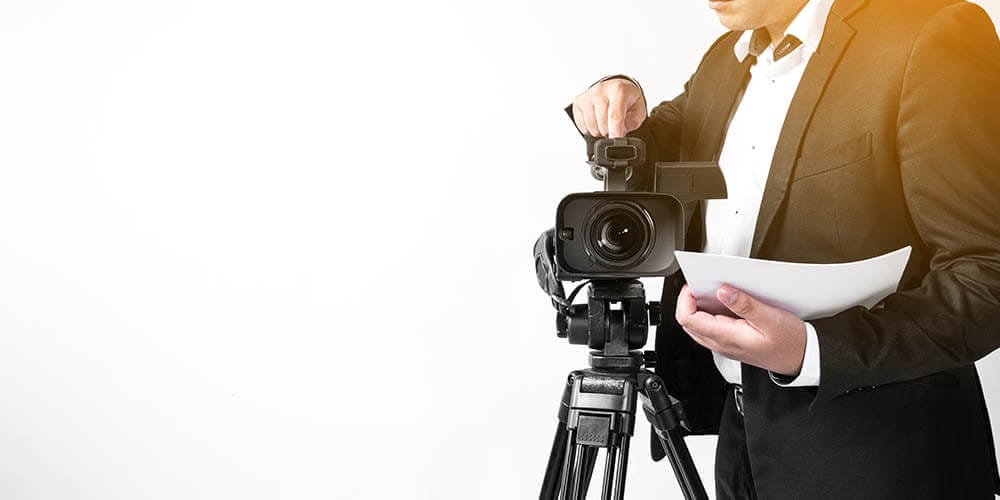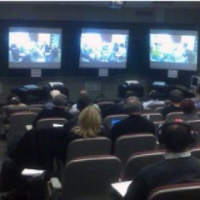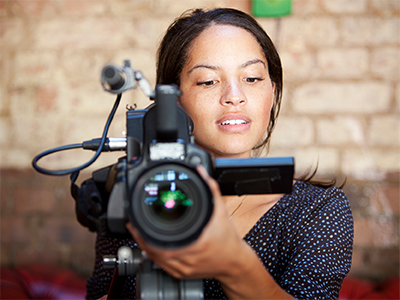Legal Videography: A Key Asset for Effective Trial Presentations
Why Legal Videography Is Crucial for Accurate Court Recordings
The role of legal videography in court settings can not be overemphasized, as it offers as a vital tool for protecting the honesty of court records. The implications of integrating lawful videography right into standard court room practices increase vital concerns about its more comprehensive impact on the lawful system.
Significance of Visual Proof
In the realm of legal procedures, the relevance of aesthetic proof can not be overemphasized. Aesthetic proof serves as an effective tool in developing facts, proving testaments, and boosting the total clearness of an instance. This kind of evidence, which includes pictures, video clips, and representations, can provide a tangible context that spoken summaries usually do not have, thus offering courts and courts a clearer understanding of the circumstances bordering an instance.
Furthermore, aesthetic proof help in the retention of info. Human cognition is naturally visual, and people are most likely to keep in mind and understand details offered in an aesthetic format. In the courtroom, this can be vital, as engaging visual evidence can sway point of views and strengthen the narrative presented by lawful representatives.
In addition, making use of aesthetic proof can decrease misunderstandings and ambiguities that usually develop from verbal exchanges. By offering a direct representation of events, aesthetic proof aids to remove subjective analyses and cultivates a much more unbiased examination of the facts. The combination of aesthetic evidence into legal procedures not just reinforces the honesty of the judicial procedure but also improves the likelihood of accomplishing a simply result.
Capturing Non-Verbal Signs
Using advanced videography methods can dramatically enhance the capture of non-verbal signs throughout lawful process. Non-verbal interaction, consisting of faces, body movement, and eye contact, plays a vital duty in communicating feelings and purposes that might not be explicitly stated in spoken testimony. legal videography. Lawful videography employs high-def cams and strategic angles to guarantee that these subtle hints are tape-recorded with clearness and precision
The ability to examine non-verbal actions can give beneficial context to declarations made throughout court sessions. A witness's reluctance or self-confidence can be translated via their stance or gestures, possibly influencing the jury's perception of credibility. Furthermore, using close-up shots can aid concentrate on a speaker's expressions, enabling for a much more nuanced understanding of the statement.
In addition, incorporating several camera angles can produce a detailed view of interactions, highlighting dynamics in between events included. This diverse approach not only improves the accuracy of the court record yet also help in preserving the stability of the judicial process - legal videography. Eventually, recording non-verbal signs via legal videography promotes a richer, much more full representation of court room proceedings

Enhancing Testimony Dependability
The dependability of testimony can be dramatically bolstered through the usage of top quality legal videography. Video clip recordings work as an objective tool that records not only the talked words of witnesses however also the nuances of their distribution, including tone, pacing, and psychological expressiveness. This multifaceted documents provides a more clear understanding of the witness's trustworthiness and intentions, which can be essential in lawful procedures.
In addition, legal videography lessens the potential for misconceptions that might arise from composed records alone. When jurors can observe a witness's behavior and body movement along with their statement, they are much better geared up to examine the credibility and reliability of the evidence provided. This aesthetic context can reinforce the testimonial narrative, making it a lot more engaging and reputable.
Furthermore, the visibility of a video clip recording can deter prospective variances in testament. Witnesses might be more cautious in their declarations when they recognize they are being recorded, resulting in more precise and sincere accounts. On the whole, high-quality legal videography improves the stability of statement, making certain that the court has access to a complete and honest depiction of the realities as conveyed by the witnesses.
Sustaining Appeals and Reviews
Lawful videography plays an essential function you could check here in supporting allures and reviews by providing a detailed aesthetic record of court process. This aesthetic documents captures not only the spoken words of witnesses and attorneys yet also the nuances of body movement, tone of voice, and court dynamics. Such elements can be pivotal in comprehending the context of testimonies and arguments presented.
In the appellate process, where the emphasis gets on errors of law and procedural justness, a video clip document can function as a crucial device for appellate courts. It allows judges to review the original test context, making sure that choices are based upon a total understanding of the procedures. The ability to aesthetically examine the temperament of witnesses or the communications between parties can reveal understandings that created records may neglect.

Furthermore, lawful videography can help in clarifying obscurities in statements or procedural judgments, thus strengthening the basis for a charm. By providing a reliable, objective account of what taken place in court, legal videography not just supports the integrity of the Check This Out lawful process yet likewise empowers all events involved to make enlightened choices regarding their instances.
Simplifying Court Room Processes
Enhancing court room efficiency, legal videography enhances procedures by providing prompt accessibility to aesthetic documents of process. This innovation enables courts, lawyers, and juries to take another look at important testimony and evidence, making certain that all parties have a clear understanding of the situation. By capturing the subtleties of spoken and non-verbal interaction, videography improves the record, making it easier to understand the context and weight of testimonies.

Additionally, video clip recordings can promote remote engagement in hearings, permitting for higher he has a good point adaptability in organizing and engagement, which is specifically valuable in intricate instances involving several stakeholders.
Conclusion
Finally, legal videography plays a crucial function in guaranteeing exact court recordings by supplying essential visual proof that records both verbal and non-verbal communication. This practice enhances the dependability of statements, sustains appellate reviews, and simplifies court room processes. By cultivating a detailed understanding of court dynamics, lawful videography ultimately adds to extra fair judicial end results, enhancing the stability of the lawful system and promoting notified decision-making.